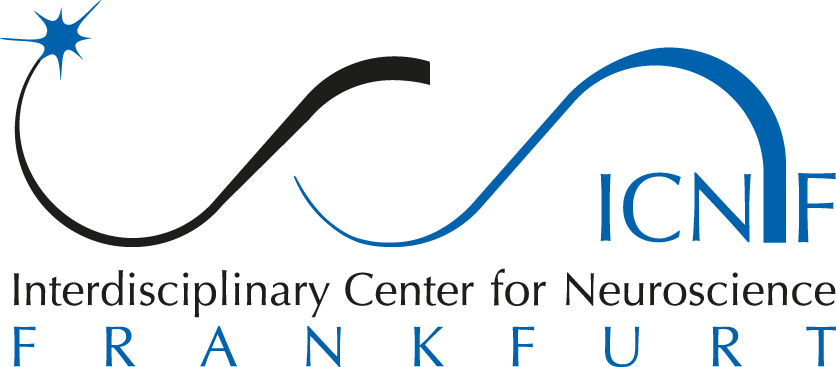
Prof. Dr. Dr. Achim Schmidtko
Pharmakologisches Institut für Naturwissenschaftler
Max-von-Laue-Str. 9
60438 Frankfurt
Tel +49(0)69/798-29373
E-Mail: schmidtko@em.uni-frankfurt.de
Scientific Focus
Our key research focus is on the characterization of cellular and molecular mechanisms of pain processing. Fully functional pain perception is essential to protect the human body from harmful influences. In conditions of persistent pain such as inflammation or nerve injury, pain loses its protective functions and may become a disease in its own right. Typical characteristics of persistent pain are increased response to pain stimuli (hyperalgesia), painful perception of usually non-painful stimuli (allodynia) and the development of spontaneous pain without apparent cause. This sensitization of the pain processing system poses a major therapeutic problem specifically in patients with chronic pain, and is insufficiently treatable with available medication in many cases. Our research addresses cell communication in the nociceptive system, and the messenger and receptors involved, in order to identify new targets for pain therapy. We focus on pain-relevant processes in the peripheral nervous system and the spinal cord.
Methods
- Behavioural analysis in murine animal models of acute nociceptive, inflammatory and neuropathic pain.
- Basic animal experimentation in mice: anesthesia, blood and CSF withdrawal, intrathecal drug injection.
- Immunohistochemistry and in situ hybridization of peripheral nerves, dorsal root ganglia and the spinal cord.
- Calcium imaging (fura-2) of sensory neurons.
- Primary cell cultures of sensory neurons.
- Basic lab techniques including qPCR, western blot, ELISA.
Selected Publications
Kallenborn-Gerhardt W, Möser CV, Lorenz JE, Steger M, Heidler J, Scheving R, Petersen J, Kennel L, Flauaus C, Lu R, Edinger AL, Tegeder I, Geisslinger G, Heide H, Wittig I, Schmidtko A (2017) Rab7-a novel redox target that modulates inflammatory pain processing. Pain 158(7):1354-65.
Lu R, Bausch AE, Kallenborn-Gerhardt W, Stoetzer C, Debruin N, Ruth P, Geisslinger G, Leffler A, Lukowski R, Schmidtko A (2015) Slack channels expressed in sensory neurons control neuropathic pain in mice. J Neurosci 35(3):1125-35.
Kallenborn-Gerhardt W, Hohmann SW, Syhr KM, Schröder K, Sisignano M, Weigert A, Lorenz JE, Lu R, Brüne B, Brandes RP, Geisslinger G, Schmidtko A (2014) Nox2-dependent signaling between macrophages and sensory neurons contributes to neuropathic pain hypersensitivity. Pain 155(10):2161-70.
Lorenz JE, Kallenborn-Gerhardt W, Lu R, Syhr KM, Eaton P, Geisslinger G, Schmidtko A (2014) Oxidant-induced activation of cGMP-dependent protein kinase Iα mediates neuropathic pain after peripheral nerve injury. Antioxid Redox Signal 21(10):1504-15.
Kallenborn-Gerhardt W, Schröder K, Del Turco D, Lu R, Kynast K, Kosowski J, Niederberger E, Shah AM, Brandes RP, Geisslinger G, Schmidtko A (2012) NADPH oxidase-4 maintains neuropathic pain after peripheral nerve injury. J Neurosci 32(30):10136-45.
